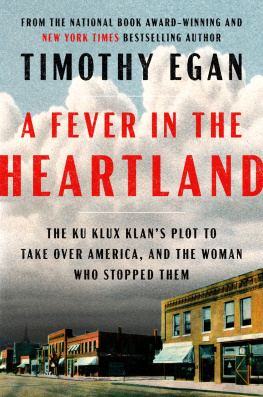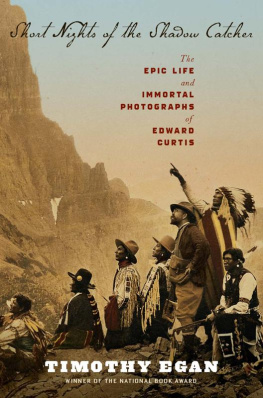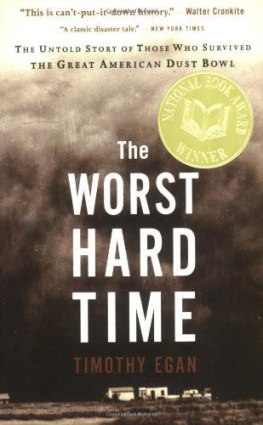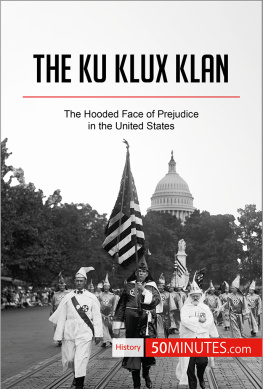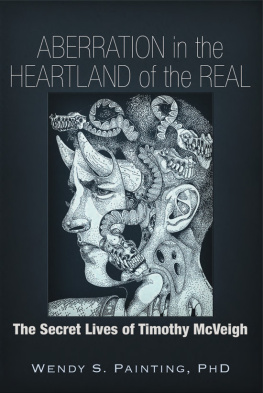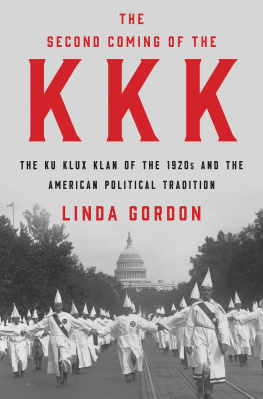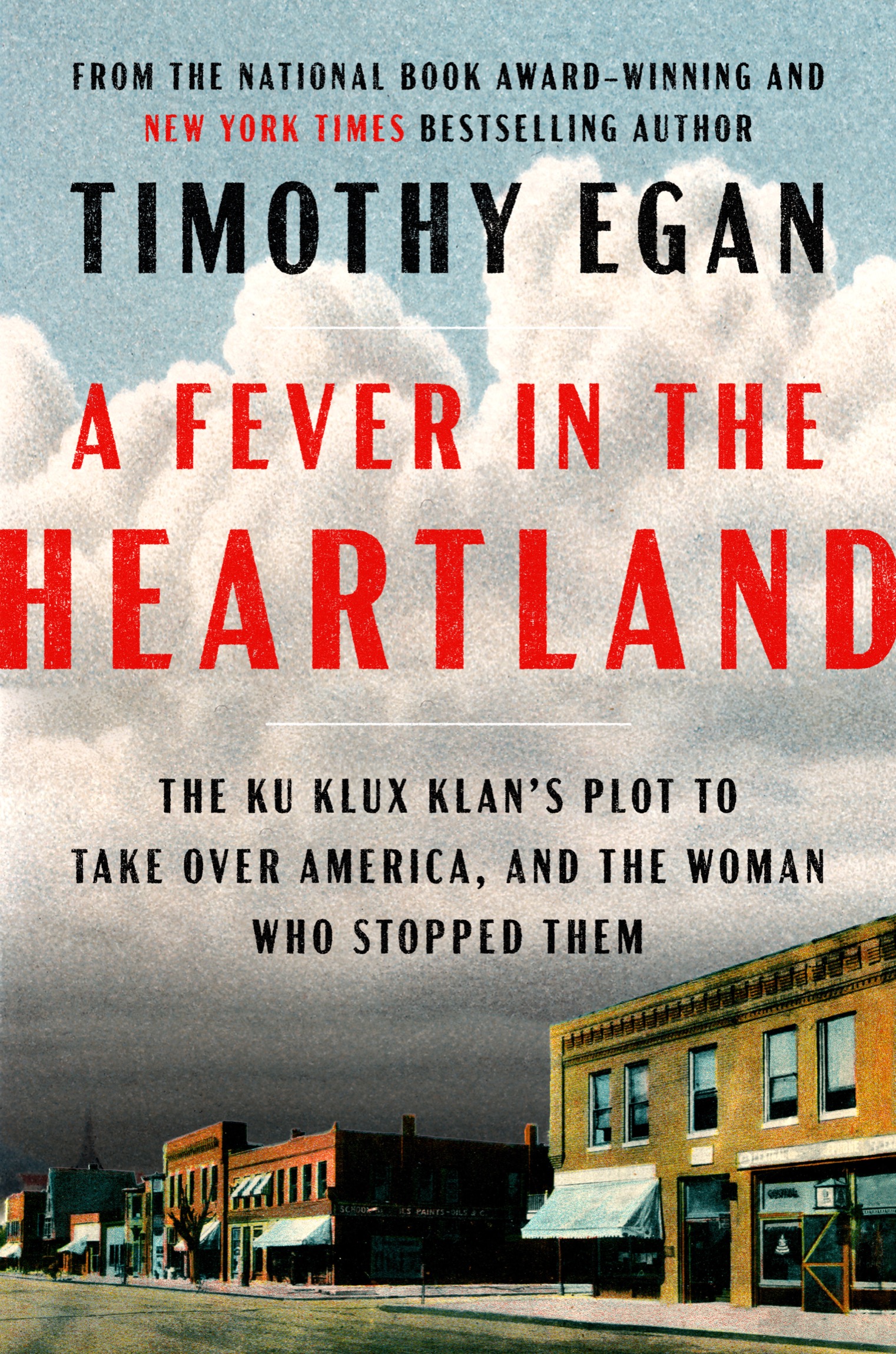ALSO BY TIMOTHY EGAN
The Good Rain
Breaking Blue
Lasso the Wind
The Winemakers Daughter
The Worst Hard Time
The Big Burn
Short Nights of the Shadow Catcher
The Immortal Irishman
A Pilgrimage to Eternity
VIKING
An imprint of Penguin Random House LLC
penguinrandomhouse.com
Copyright 2023 by Timothy Egan
Penguin Random House supports copyright. Copyright fuels creativity, encourages diverse voices, promotes free speech, and creates a vibrant culture. Thank you for buying an authorized edition of this book and for complying with copyright laws by not reproducing, scanning, or distributing any part of it in any form without permission. You are supporting writers and allowing Penguin Random House to continue to publish books for every reader.
library of congress cataloging-in-publication data
Names: Egan, Timothy, author.
Title: A fever in the heartland : the Ku Klux Klans plot to take over America, and the woman who stopped them / Timothy Egan.
Description: New York, NY : Viking, [2023] | Includes bibliographical references and index.
Identifiers: LCCN 2022029431 (print) | LCCN 2022029432 (ebook) | ISBN 9780735225268 (hardcover) | ISBN 9780735225275 (ebook)
Subjects: LCSH: Stephenson, David Curtis, 18911966. | Ku Klux Klan (1915 )IndianaBiography. | Ku Klux Klan (1915 )IndianaHistory. | Oberholtzer, Madge, 18961925.
Classification: LCC HS2330.K63 E43 2023 (print) | LCC HS2330.K63 (ebook) | DDC 322.4/209772dc23/eng/20220804
LC record available at https://lccn.loc.gov/2022029431
LC ebook record available at https://lccn.loc.gov/2022029432
Cover design: Elizabeth Yaffe
Cover image: (Postcard detail) East Washington Street in Irvington, Indianapolis, Indiana, c. 1909. The Indiana Album: Evan Finch Collection.
Designed by Alexis Farabaugh, adapted for ebook by Cora Wigen
pid_prh_6.0_143000291_c0_r0
God has no children whose rights may be safely trampled on.
FREDERICK DOUGLASS
CONTENTS
_143000291_
Introduction: The Quintessential Americans
JANUARY 12, 1925
The most powerful man in Indiana stood next to the new governor at the Inaugural Ball, there to be thanked, applauded, and blessed for using the nations oldest domestic terror group to gain control of a uniquely American state. David C. Stephenson was sandy blond and thin-haired, with blue-gray eyes and a fleshy second chin much too middle-aged for a man of thirty-three. Charm oozed from him like grease from a sizzling sausage. Everyone called him Steve. But in print, in posters, in letters and telegrams and flyers all over the Midwest, he was known as the Old Man. He preferred that name, and the mystique that went with it, to the only formal title he ever held: Grand Dragon of the largest realm of the Ku Klux Klan the world had ever seen. He was driven to work in a Cadillac, a bodyguard next to him, and never left his pillared white mansion without a revolver strapped to his chest. He looked well fed, well dressed, certainly well satisfied at the reach of an Invisible Empire that was secretive no more.
In his suite of offices inside the Kresge Building, located at the crossroads of influence and history in downtown Indianapolis, he kept seven black telephones and a single white one. The standout was a direct line to the White House, he told guests. Numerous visitors overheard him say, Thank you, Mr. President, and give my best to Mrs. Coolidge, as they waited for their ration of the Old Mans time. On his desk was a bust of Napoleon. The Emperor was a role model, but even he might blush at the claim that Stephenson made to his inner circle: I am the law.
You could doubt that, for he had been elected to no office, appointed to no board, hired by no police department or district attorney, named to no court or panel of judges. The only oath he had taken was the one sworn by up to six million men nationwide who donned full-length robes and covered their faces in sixteen-inch conical hoods, formally vowing to maintain forever white supremacy. Yet a look around the ballroom of the Indianapolis Athletic Club, where 150 of the most influential citizens had gathered to fete the new governor, would leave little uncertainty about who controlled the state.
On this winter day, Stephenson was triumphant, monarch of all he surveyed, as the New York Times described him. It had been barely four years since the reborn Klan moved across the Ohio River and spread north. But now crosses burned all over the state. They burned on the lawns of Black families. They burned near Catholic churches and Jewish synagogues. They burned across the street from police stations. They burned near cornfields at the edge of small towns. They burned after Sunday services and Independence Day parades and Christmas-week sleigh rides. Torching an oversized cross was theater of intimidation, leaping flames on the night horizon, but also a thrilling bond of brotherhood. Hoosiers were joiners. And in 1925, if you were not a knight of the KKK, you did not belong.
The Klan owned the state, and Stephenson owned the Klan. Cops, judges, prosecutors, ministers, mayors, newspaper editorsthey all answered to the Grand Dragon. He was backed by his own private police force, some 30,000 men legally deputized to harass violators of Klan-certified virtue. Most members of the incoming state legislature took orders from the hooded order, as did the majority of the congressional delegation. From the low-bank shores of Lake Michigan in the north to the fat bends of the Ohio River in the south, from the rural folds of a county where Abraham Lincoln grew up in a small house that nurtured big ideas, to the windowless shack along the tracks where Louis Armstrong cut his first jazz record, the Klan infested Indiana. All but two of the ninety-two counties had a chapterthe only state with such saturation. One in three native-born white males wore the sheets. And here was yet another plum: Ed Jackson, the Republican whose name had first appeared on membership rolls of the Klan in 1923, had been swept into the governors office. He owed it all to D. C. Stephenson.
In the golden age of fraternal organizations, the Klan was the largest and most powerful of the secret societies among American menbigger by far than the Odd Fellows, the Elks, or the Freemasons, and vastly greater in number than the original Klan born in violence just after the Civil War. Gains over the last few years, mostly in the North, had been astonishing. A Klan mayor ruled Anaheim, California; the city was nicknamed Klanaheim. A KKK chapter was chartered on board the USS Tennessee, a battleship anchored off Bremerton, Washington. The Invisible Empire now has a floating Klan, crowed the orders national paper, the Imperial Night-Hawk, which had a larger circulation than the New York Times.
In Colorado, an open Klansman, Clarence Morley, won the governorship on the same day that Ed Jackson did in Indiana. He promised to fire all Jewish and Catholic professors at the states flagship public university. Every Man under the Capitol Dome a Klansman was his motto. He joined another Klan-backed governor in the West, Walter M. Pierce in Oregon, who endorsed a voter-approved measure that would essentially eliminate Catholic schools. Keeping America a Land for Americans was his slogan. The Klan claimed fifteen United States senators under its control, and seventy-five members of the House of Representatives. Many had sworn allegiance in secret Klan initiation rituals, becoming naturalized, as it was called.

